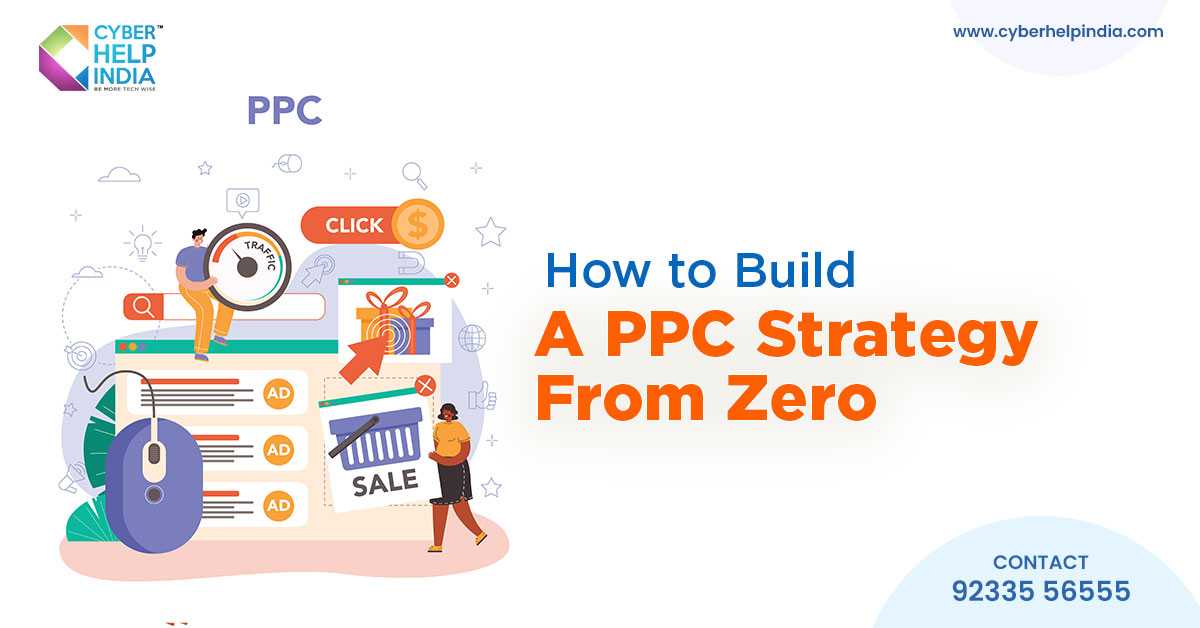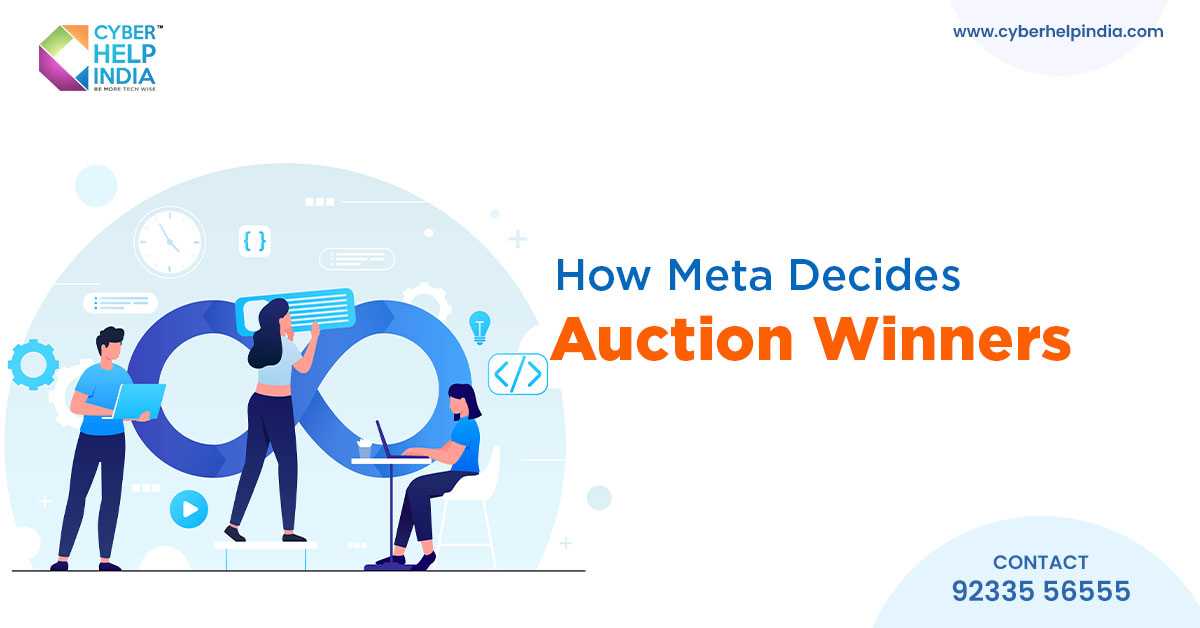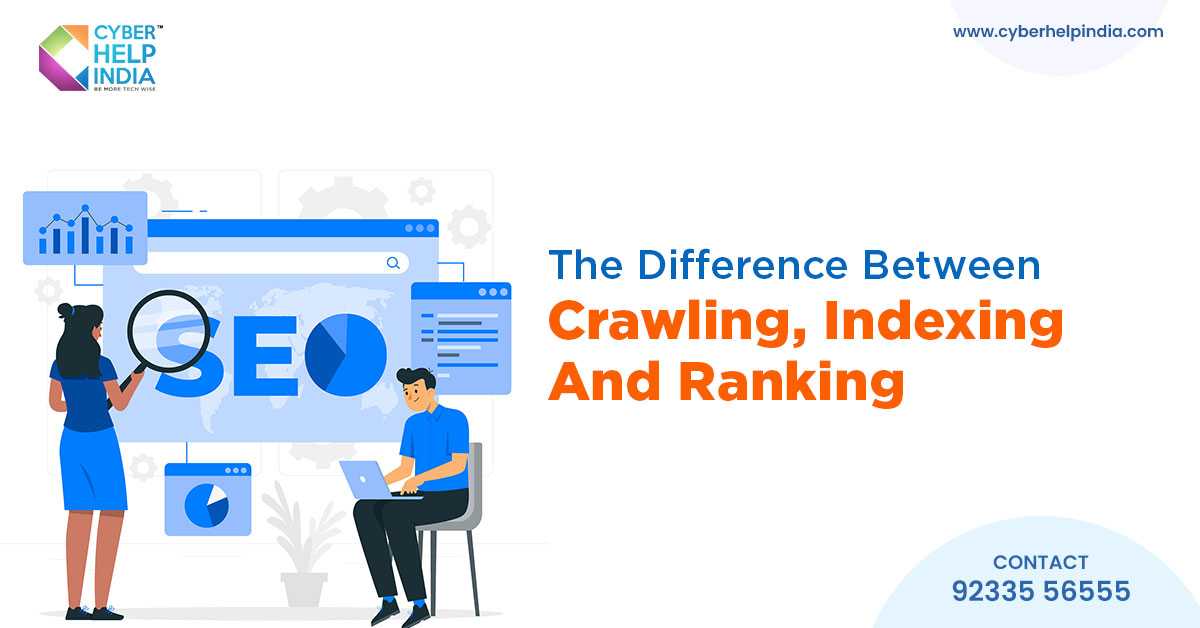There is a great deal of Fear, Uncertainty, and Doubt regarding Google penance, the most repeated one among them is misunderstanding an algorithm for a penance.
Penguins and Panda, the high profile updates are algorithms, not penance. To provide the desired result spontaneously, algorithms depend on a set of orders and calculations.
In the matter of Panda and Penguin, the key objective of Google is to recompense or reward websites in the search results that successfully attain their “quality standards” as explained by Webmaster Guidelines. For the web sites that glide through the algorithms but fail to fulfill Google’s quality standards, Google recruits an army of human reviewers for reviewing and rating them.
Existing on the inaccurate side of an algorithm definitely feels like a penance. The net outcome can be similar:
Extensive loss of organic traffic followed by disastrous consequences.
It is important to understand the difference between having your website affected by a manual penance vs. triggering an algorithm. It regulates how to act in terms of advancing a retrieval strategy.
The most remarkable distinction in dealing with an algorithmic event vs. dealing with a penalty is the requirement and chance to communicate directly with Google.
A website that is penalized by Google will get a manual action statement through Google search console. Once the voted violation is fixed, there is a requirement to describe the inception of the problem as well as the resolution in a “Reconsideration request”. On contrary, there is no requirement to file such review appeal to escape an algorithmic complexity.
Now, let us concentrate on familiar manual penances and the procedures for recovery.
Cloaking or Sneaky Redirects
Cloaking is an action of presenting the users & the search engine crawlers with different contents. Both activities violate webmaster instructions.
This penance comes in two forms:
1. Partial matches affecting a section of your website.
2. Site-wide matches affecting your entire website.
The Fix
1. Operate to Google Search Console>Crawl>Fetch as Google, and then get pages from the affected sections of your website.
2. Distinguish the content on your web page with the content delivered by Google.
3. Rectify any differences between the two so they conclude being identical.
4. Examine all redirects and eliminate redirects that:
send users to an unanticipated end.
conditionally redirect or redirect only those users coming from a certain source.
Are otherwise “sneaky”
5. Submit a reconsideration request after fixing these problems.
Pro Tip: These types of redirects are frequently developed by CMS plugins, maybe in your .htaccess file, or could be written in JavaScript.
Cloaking: First Click Free Violation
This Cloaking penance is imposed against websites that display full content to Google but obstruct content viewable to users, basically, users coming from Google’s resources in conformity with Google’s First Click Free policy. If a website requires users to register, logging in or to subscribe to see the full content, then it is not in agreement with the policy.
This is another penance that comes in two forms:
Partial matches affecting a section of your website.
Site-wide matches affecting your whole website.
The Fix
1. The content displayed to users coming from Google’s services must be identical as displayed to Google. Develop any edits required to come into agreement.
2. Submit a review appeal after fixing the problem.
Pro Tip: Utilize Google’s “First Click Free” procedure. Authorize users to glance the entire website without having to log in, subscribe or register when coming in from Google’s services.
Cloaked Images
Cloaking is applicable to images as well. For instance, serving images that:
-are concealed by another image.
-are non-identical from the served.
-redirect users away from the image.
The Fix
1. Display the accurate same image to Google as the users of your site.
2. Submit a review appeal after solving the issue.
Pro Tip: Examine any plugins you have installed to verify they aren’t generating any image of cloaking problem.
Hacked Site
Hackers are frequently looking for exploits in WordPress and various content management systems to insert malicious content and links. This is usually cloaked and complex to detect and fix.
When Google picks up on this, a notification “This Site is hacked” is inserted into the search result for affected pages. This usually leads in a demotion in the organic search results.
The Fix
1. Contact your web host and establish a support team.
2. To prevent any further damage, Quarantine your site.
3. To help recognize the hacking type, use search console.
4. Analyze the nature of the damage, if it is a spam or if it is a malware.
5. Identify the vulnerability to find out how the hacker got access.
6. Clean your site to secure the vulnerability that allowed the hacker to have access.
7. Request a review and inquire Google to re-examine your hacked labeling.
Pro Tip: Be Proactive. Always have a clean and advanced support for your website. Install website protection trait on your website. If you are challenged technologically, use a website protection platform like Sucuri for security.
Hidden Text or Keyword Stuffing
The title says it all. Google has uncovered your website accountable for keyword stuffing or using hidden text.
This is another penance that comes in two forms:
-Partial matches affecting a section of your website.
-Site-wide matches affecting your entire website.
The Fix:
1. Browse to Google Search Console>Crawl> Fetch as Google then get pages from the affected sections of your site.
2. Search for hidden text that is identical in color to the body of the web page.
3. Look for the unseen text using CSS styling or locating.
4. Separate or re-design any unrevealed text so that it is evident to a human user.
5. Remove or fix any paragraphs of recurring words without any framework.
6. Secure
tags and alt text comprising strings of recurring words.</p><p>7. Get rid of any other instances of keyword stuffing.</p><p>8. After solving these problems, submit a review appeal.</p><p>Pro Tip: Don’t confuse the content or JS dropdowns with unseen text. In a proliferating mobile world, those are perfectly acknowledgeable mediums to add content to a page.</p><h3><strong>Pure Spam</strong></h3><p>No one can plead ignorance to when it comes to Pure Spam. It is reserved for the websites that aggressively indulge in the incorporation of spammy expertise, including the use of automated nonsense, scraped content, and cloaking, among the other grievous violations of webmaster guidelines.</p><p>This is another penalty that emerges in two forms:</p><p>-Partial matches affecting a section of your website.</p><p>– Site-wide matches affecting your entire website.</p><h3><strong>The Fix</strong></h3><p>1. Get your act together and comply with Google’s Webmaster Guidelines, if this is the first offense.</p><p>2. After solving the issue, submit an appeal for reconsideration.</p><p>Pro Tip: Shut down and restart again, if this is the second offense. It is highly unexpected that Google will provide you another opportunity after shattering their faith.</p><p>Spammy Free Hosts</p><p>Free Hosting is peculiar. What may be saved beforehand in hosting charges will be flushed down in spotty reliability and spammy ads that you are unable to control. There is no point taking a risk when Google has threatened manual action against the entire hosting services.</p><p>The Fix</p><p>1. Drift to “name brand” shared hosting.</p><p>2. Submit a request for reconsideration once the drift is complete.</p><p>Pro Tip: Opt for the $40 bucks plan annually for a trustworthy shared hosting and avoid “free hosting”.</p><h3><strong>Spammy Structured Markup</strong></h3><p>You will be penalized, if you don’t follow the rich snippets guidelines and markup content unseen to the navigators or markup insignificant or illusory content. This penalty emerges in two forms:</p><p>-Partial matches affecting a section of your website.</p><p>– Site-wide matches affecting your entire site.</p><h3><strong>The Fix</strong></h3><p>1. Remove any markup that defies Google’s rich snippets guidelines or update existing markup.</p><p>2. Once the changes are made, submit a request for reconsideration.</p><p>Pro Tip: Follow the Guidelines; combat the temptation to surrender to rich snippet spam.</p><h3><strong>Thin Content with No Added or Little Value</strong></h3><p>Shallow Pages or Low-Quality that trigger this penalty usually emerge in the form of:</p><p>Spun content/ Auto generated.</p><p>Thin associated pages with OEM specification, no added value, and no unique information.</p><p>Scraped content from other websites.</p><p>Low-quality blog posts.</p><p>Doorway pages.</p><p>This is another penalty that emerges in two forms:</p><p>Partial matches affecting a section of your website.</p><p>Site-wide matches affecting your complete site.</p><h3><strong>The Fix</strong></h3><p>1. Remove the identified spun content or auto-generated content.</p><p>2. Affiliate the identified pages that don’t provide added worth beyond what the retailers or manufacturers paid for. Eliminate or thicken those pages.</p><p>3. Use software to detect the duplicate content found elsewhere on the web. Replace or remove that content.</p><p>4. Trace the content with low words count and thicken those pages with functional and enlightening content, wherever suitable.</p><p>5. Get rid of identified doorway pages.</p><p>6. After solving the problems, submit an appeal for review.</p><p>Pro Tip: Invest resources and time into developing content that is equally informative and unique.</p><h3><strong>Unnatural Links to Your Site</strong></h3><p>This is the most repeated penance. The basic reason is always the same: purchasing links and/ get involved in link schemes to promote organic SERPs. This is a direct transgression of Google’s webmaster guidelines.</p><h3><strong>The Fix</strong></h3><p>1.Google Search Console is an excellent source to Download the links to your site.</p><p>2. To recognize any trespassing linking guidelines, examine these links.</p><p>3. Separate or add a rel-“no follow” aspect to non-conforming links.</p><p>4. Disavow any links that you are unable to erase or no-followed.</p><p>5. After you’ve cleaned up your link profile, submit an appeal for review.</p><p>Pro Tip: invest resources and time in creating links the right way and avoid link schemes.</p><h3><strong>Unnatural Links from Your Site</strong></h3><p>Google prefers busting webmasters for selling links. In fact, any links that remain for the significant purpose of manipulating search rankings are suitable for triggering a manual penance. In Google language, these are evaluated as “artificial, manipulative, deceptive links.”</p><p>This is another penance that originates in two forms:</p><p>-Partial matches affecting a section of your website.</p><p>-Site-Wide matches affecting your entire website.</p><h3><strong>The Fix</strong></h3><p>1. Modify or remove these links by adding a rel-“no follow” quality so they no longer pass PageRank.</p><p>2. After erasing non-complaint links, submit an appeal for reconsideration.</p><p>Pro Tip: While cleaning up these links, use a machete instead of a scalpel. Google has managed hundreds of thousands of penalties, and won’t “get one” by them. Instead, you will only elongate the torment.</p><h3><strong>User-generated Spam</strong></h3><p>You remember those daily spam emails offering cheap SEO and pages one results? You can be grateful to those “black hat SEOs” for creating this headache because this is not Link building.</p><p>User-generated spam generally exists in comments, forums, user profiles and guestbook pages. This penance is another one that originates in two forms:</p><p>-Partial matches affecting a section of your website.</p><p>– Site-Wide matches affecting the entire website.</p><h3><strong>The Fix</strong></h3><p>1. Distinguish pages where users can leave comments.</p><p>2. Look for spam in:</p><p>-Advertisements presented as comments.</p><p>-Comments that constitute of non-relevant links.</p><p>– Spammy usernames like “Cheap Viagra”.</p><p>-Generic, off topic, or auto-generated comments.</p><p>#3. Delete all inappropriate and spammy comments.</p><p>#4. Restrict the appearance of immoderate content on your website.</p><p>#5. Once your site is free from the violation, appeal for reconsideration.</p><p>Pro Tip: Restrict the immoderate user-generated content to exist on your site. Be enthusiastic.</p><h3><strong>The Takeaway</strong></h3><p>You can’t game Google. If you want to create a sustainable web existence, you must know, understand, and follow Google Webmaster Guidelines.</p><p>Now, SEO is a marathon and not a sprint. So, repel the temptation to cheat and cut corners.</p> <hr /> </div> <!--this is important for the left ad box or share box fixer --> <div id="endOfTheArticle"></div> <!-- article comment area start --> <div class="article-comments"> <div class="w-header"> <div class="w-title">Comments (0)</div> <div class="w-seperator"></div> </div> <div class="comment-form"> <form action="post_comments" autocomplete="off" method="post"> <input type="hidden" name="blog_id" value="86"> <div class="comment-columns"> <div class="frm-row columns column-3"> <input type="text" name="guest_name" placeholder="Name" required class="frm-input"> </div> <div class="frm-row columns column-3"> <input type="email" name="guest_mail" placeholder="Email" class="frm-input"> </div> </div> <div class="frm-row"> <textarea class="frm-input noresize" name="guest_comment" required="required" rows="4" placeholder="Your comments..."></textarea> </div> <div class="frm-row"> <div class="comment-form-notice columns column-4"> <div>Your comments must be minimum 30 character.</div> </div> <div class="columns column-2"> <button type="submit" name="submit_comment" class="frm-button full material-button text-uppercase">Submit Comment</button> </div> <div class="clearfix"></div> </div> </form> </div> <div class="all-comments"> <!-- comment item start --> </div> </div> </div> </article> <div id="endOfThePage"></div> </div> <div class="col-12 col-md-12 col-lg-4 col-xl-3 stick"> <div class="content-sidebar padd15 bgf5"> <div class="sidebar_inner"> <div class="widget-item"> <div class="side-enquiry box-shadow apb-10"> <p class="text-center text-uppercase padd15 bgf5 amb-5 font22 lh-22 fw-600">Get in Touch</p> <form action="check-contact" class="padd15" method="post"> <input type="hidden" name="blog_id" value="86"> <input type="text" name="name" placeholder="Your Name" class="form-control" required /> <input type="tel" name="phone" placeholder="Phone No" class="form-control" required /> <input type="email" name="email" placeholder="Email ID" class="form-control" required /> <input type="text" name="address" placeholder="Address" class="form-control" /> <input type="text" name="subject" placeholder="Subject" class="form-control" required /> <textarea name="message" placeholder="Message" class="form-control" required></textarea> <div class="capp"> <span><img src="captcha/contact-captcha.php" alt="CAP"/></span> <input name="ccaptcha" class="frm-input amb-15" type="text" required placeholder="Enter Captcha" /> </div> <input type="submit" name="submit" value="SEND ENQUIRY" class="frm-button full material-button" /> </form> </div> </div> <div class="widget-item amb-15 bg-white padd10"> <div class="w-header"> <div class="w-title">Posts from the Month</div> <div class="w-seperator"></div> </div> <div class="w-carousel-post apb-15"> <div class="owl-carousel" id="widgetCarousel"> <div class="item"> <a href="https://www.cyberhelpindia.com/blogs/the-thorough-index-of-google-penalties-and-how-to-retrieve"> <img src=" https://www.cyberhelpindia.com/blogs/image/245316_1625557700.jpg" data-srcset="https://www.cyberhelpindia.com/blogs/image/245316_1625557700.jpg" width="300"> <span class="w-post-title fw-500">How to build a PPC strategy from zero?</span> </a> </div> <div class="item"> <a href="https://www.cyberhelpindia.com/blogs/the-thorough-index-of-google-penalties-and-how-to-retrieve"> <img src=" https://www.cyberhelpindia.com/blogs/image/245316_1625557700.jpg" data-srcset="https://www.cyberhelpindia.com/blogs/image/245316_1625557700.jpg" width="300"> <span class="w-post-title fw-500">How Meta decides auction winners?</span> </a> </div> </div> </div> </div> <div class="clearfix"></div> </div> </div> </div> </div> </div> </section> <section class="apt-50 apb-40 apt-40-md apb-30-md apt-30-xs apb-20-xs bgf5"> <div class="container"> <div class="clearfix"></div> <div class="more-article"> <div class="w-header"> <div class="w-title">Videos You Might Be Interested In</div> <div class="w-seperator"></div> </div> <div class="more-posts"> <iframe width="100%" height="350" src="https://www.youtube.com/embed/uUs6aQxKQZo" title="YouTube video player" frameborder="0" allow="accelerometer; autoplay; clipboard-write; encrypted-media; gyroscope; picture-in-picture" allowfullscreen></iframe> </div> </div> </div> </section> <section class="apt-50 apb-40 apt-40-md apb-30-md apt-30-xs apb-20-xs"> <div class="container"> <!-- More article unit start --> <div class="more-article"> <div class="w-header"> <div class="w-title">Read More Articles</div> <div class="w-seperator"></div> </div> <div class="more-posts"> <div class="columns column-2"> <article class="post-box" style="background-image: url(https://www.cyberhelpindia.com/blogs/image/33886_1766563353.jpg);"> <div class="post-overlay"> <!--<a href="tags/tagname" class="post-category" title="Title of blog post" rel="tag">Technology</a>--> <h3 class="post-title">How to build a PPC strategy from zero?</h3> <div class="post-meta"> <div class="post-meta-author-info"> <span class="post-meta-author-name"> <a href="how-to-build-a-ppc-strategy-from-zero" title="How to build a PPC strategy from zero?">Admin</a> </span> <span class="middot">·</span> <span class="post-meta-date"> <abbr class="published updated" title="Dec 24th, 2025">Dec 24th, 2025</abbr> </span> </div> </div> </div> <a href="how-to-build-a-ppc-strategy-from-zero" class="post-overlayLink"></a> </article> </div> <div class="columns column-2"> <article class="post-box" style="background-image: url(https://www.cyberhelpindia.com/blogs/image/868325_1766562928.jpg);"> <div class="post-overlay"> <!--<a href="tags/tagname" class="post-category" title="Title of blog post" rel="tag">Technology</a>--> <h3 class="post-title">How Meta decides auction winners?</h3> <div class="post-meta"> <div class="post-meta-author-info"> <span class="post-meta-author-name"> <a href="how-meta-decides-auction-winners" title="How Meta decides auction winners?">Admin</a> </span> <span class="middot">·</span> <span class="post-meta-date"> <abbr class="published updated" title="Dec 24th, 2025">Dec 24th, 2025</abbr> </span> </div> </div> </div> <a href="how-meta-decides-auction-winners" class="post-overlayLink"></a> </article> </div> <div class="columns column-2"> <article class="post-box" style="background-image: url(https://www.cyberhelpindia.com/blogs/image/442472_1763972136.jpg);"> <div class="post-overlay"> <!--<a href="tags/tagname" class="post-category" title="Title of blog post" rel="tag">Technology</a>--> <h3 class="post-title">The difference between crawling, indexing and ranking</h3> <div class="post-meta"> <div class="post-meta-author-info"> <span class="post-meta-author-name"> <a href="the-difference-between-crawling-indexing-and-ranking" title="The difference between crawling, indexing and ranking">Admin</a> </span> <span class="middot">·</span> <span class="post-meta-date"> <abbr class="published updated" title="Nov 24th, 2025">Nov 24th, 2025</abbr> </span> </div> </div> </div> <a href="the-difference-between-crawling-indexing-and-ranking" class="post-overlayLink"></a> </article> </div> </div> </div> <!-- More article unit end --> </div> </section> <!-- <div id="endOfThePage"></div> --> </main> <footer class="footer apt-20 apb-0"> <div class="container"> <div class="row align-items-center justify-content-between"> <div class="footerlogo col-12 col-md-6 text-left text-center-xs apt-15 apb-15"> <img src="images/logo/133309_1625560305.png" alt="Logo" class="max mb-3 mb-sm-0" /> </div> <div class="footersocial col-12 col-md-6 text-right text-center-xs apt-15 apb-15"> <ul> <li><a href="https://www.facebook.com/cyberhelpindia" target="_blank"><i class="fa fa-facebook"></i></a></li> <li><a href="https://twitter.com/CyberHelpIndia" target="_blank"><i class="fa fa-twitter"></i></a></li> <li><a href="https://www.youtube.com/channel/UCrm6vQyZZ6npXO7ul9I7BdQ" target="_blank"><i class="fa fa-youtube-play"></i></a></li> <li><a href="https://www.instagram.com/cyberhelpindia/" target="_blank"><i class="fa fa-instagram"></i></a></li> <li><a href="https://in.pinterest.com/cyberhelpindia/" target="_blank"><i class="fa fa-pinterest"></i></a></li> </ul> </div> </div> </div> <hr class="op1" /> <div class="bg-black1 apt-10 apb-10"> <div class="container"> <div class="row"> <div class="col-12"> <div class="copyright text-center text-center-xs"> <p class="amb-0 lh-30 fw-500 white">Copyright © Cyber Help India , 2025.</p> </div> </div> </div> </div></footer><div class="m-modal-box" id="enquiryModal"> <div class="m-modal-overlay"></div> <div class="m-modal-content"> <div class="m-modal-header"> <h3 class="m-modal-title">Send Online Enquiry</h3> <span class="m-modal-close"><i class="material-icons"></i></span> </div> <div class="m-modal-body"> <p>Send an enquiry with your requirements and we will get back to you soon!</p> <form action="check-contact" method="post"> <div class="frm-row row"> <div class="col-sm-6"> <input class="frm-input amb-15" type="text" name="name" placeholder="Your Name" required /> <input class="frm-input amb-15" type="tel" name="phone" placeholder="Phone No" required /> </div> <div class="col-sm-6"> <input class="frm-input amb-15" type="email" name="email" placeholder="Email ID" required /> <input class="frm-input amb-15" type="text" name="address" placeholder="Address" required /> </div> <div class="col-sm-12"> <input class="frm-input amb-15" type="text" name="subject" placeholder="Subject" required /> <textarea class="frm-input amb-15" name="message" placeholder="Message Here" required></textarea> </div> </div> <div class="clearfix"></div> <div class="frm-row row"> <div class="col-sm-6"> <div class="capp"> <span><img src="captcha/contact-captcha.php" alt="Captcha" /></span> <input name="ccaptcha" class="frm-input amb-15" type="text" required placeholder="Enter Captcha" /> </div> </div> <div class="col-sm-6"> <button class="frm-button material-button full" type="submit" name="submit">SEND ENQUIRY</button> </div> </div> </form> </div> </div></div><div class="overlay"></div><script src="js/jquery-3.2.1.min.js"></script><script src="js/main-script.js"></script><script type="text/javascript"> $('#postCarousel').owlCarousel({ loop: true, dots: true, nav: true, navText: ['<span><i class="material-icons"></i></span>', '<span><i class="material-icons"></i></span>'], items: 1, margin: 20 }) $('#widgetCarousel').owlCarousel({ dots: true, nav: false, items: 1 })</script> <!--MAIN WEBSITE SCHEMA--> <script type="application/ld+json"> { "@context": "http://schema.org/", "@type": "product", "name": "Cyber Help India", "image": "https://www.cyberhelpindia.com/images/logo.png", "aggregateRating": { "@type": "AggregateRating", "ratingValue": "4.9", "ratingCount": "2562" } }</script> <script src="js/theia-sticky-sidebar.min.js"></script> <script src="js/notify.js"></script> <script type="text/javascript"> </script> <script type="text/javascript"> $('#widgetCarousel').owlCarousel({ dots: true, nav: false, items: 1, }); jQuery('.stick').theiaStickySidebar({ additionalMarginTop: 90 }); </script> </body></html>




